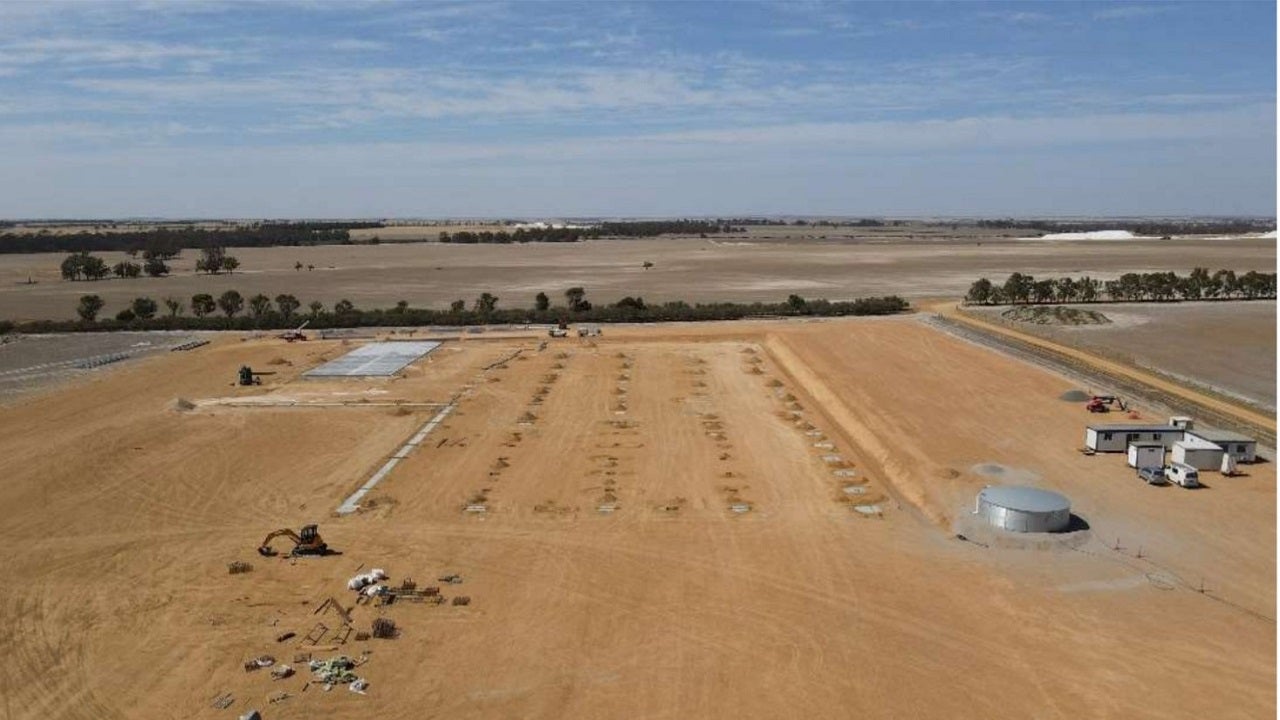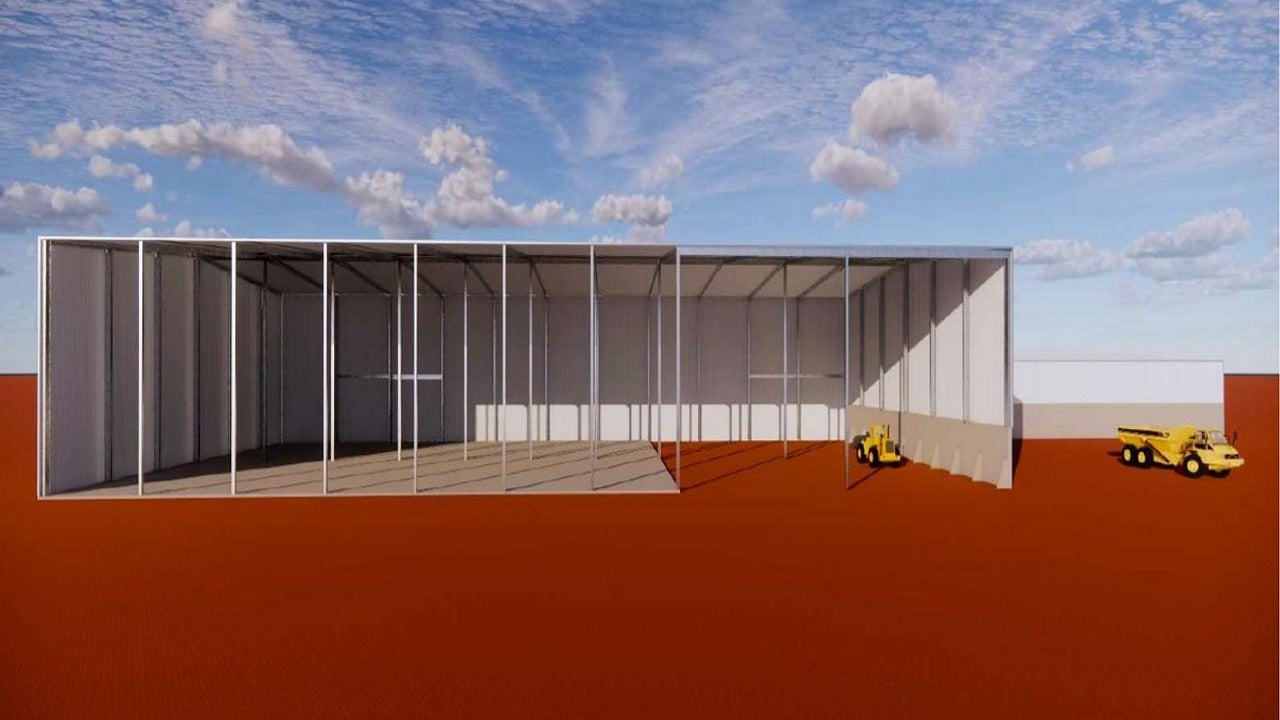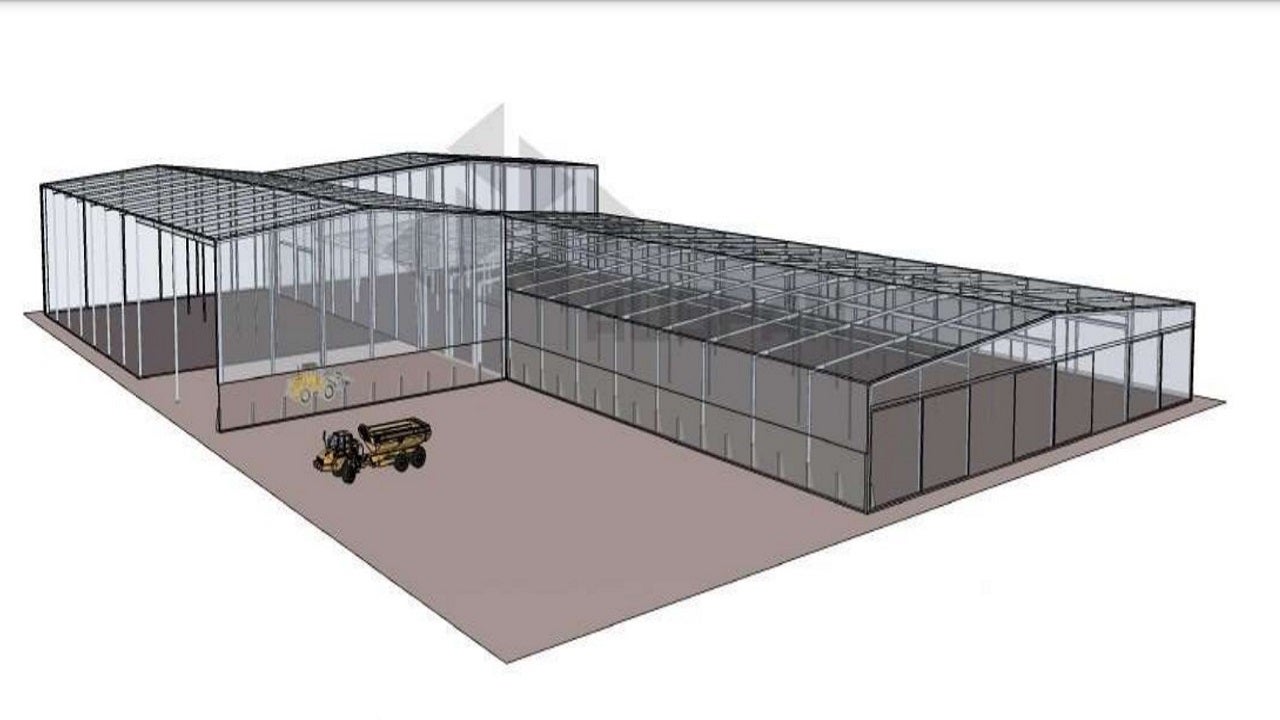The Wickepin Kaolin project is a high-grade kaolin site located near Perth, Western Australia. It is one of the largest premium primary sources of kaolin in the world.
The project is wholly owned by WA Kaolin (WAK), a mineral exploration, extraction and processing company.
The project produces kaolin products suitable for many markets, including paper. The kaolin project has a mine life of 73 years.
Building works at the site began in January 2021 with an initial capital investment of A$42m ($32.37m). The mine was commissioned in September 2022.
Wickepin Kaolin project location
The Wickepin Kaolin project is located 20km east of Wickepin, 220km from Perth.
It comprises four retention licences and a single mining lease (M70/1143) located within the Western Australian central Wheatbelt region.
The tenement area spans more than 10,000 hectares (24,710.54 acres) and was acquired by WAK in 1999.
Wickepin kaolin project geology
The lithologies within the Wickepin kaolin project are hosted by the granitic basement of the Yilgarn terrane, with Paleoproterozoic-aged dioritic and doleritic dykes having intruded into them.
Striking east-northeast across the project area, the dykes are linked to the Widgiemooltha large igneous province. The dykes and granitic basement are overlain by a regolith profile including transitional and saprolitic horizons, a mottled clay zone and a lateritic/colluvial horizon.
Reserves
The Wickepin kaolin project is estimated to contain 64.9Mt of proven and probable reserves with a yield of 50.5%, containing 32.8Mt of in situ kaolin, as of 2023.
Mining method at Wickepin Kaolin project
The Wickepin kaolin project is mined using an open-cut mining method with the help of conventional load and haul open-pit mining equipment.
The mining fleet includes 40t/60t-class hydraulic excavators and 40t/50t articulated haul trucks, allowing for a very selective mining approach.
The project does not involve drill and blast, and the entire deposit is free dig. Mining is conducted in small individual pits for easy waste management, tails disposal and rehabilitation activities.
Ore processing
The Wickepin Kaolin project is being developed in stages, with the initial development designed to achieve production of 200,000 tonnes per annum (tpa) of kaolin product. The operation included only dry processing facilities and two modules of equal design capacity.
Subsequently, the project is set to expand, doubling its capacity to around 400,000tpa through the construction of an additional two modules, identical to the first pair.
Processing is based on the K99 process developed at the Kwinana pilot plant, which has been operational since April 2017 with additional improvements thereafter.
The K99 process includes whole-of-feed drying, size reduction, dry attrition, beneficiation, product packaging and dry tailing disposal. A conventional ore preparation plant with loading, feeding, crushing and conveying, as well as a conventional rotary dryer and product elevation system, are part of the processing infrastructure.
The dry ore is fed into a purpose-built cyclonic dry separation plant and the kaolin fraction is removed from the airstream through a conventional baghouse filter and sent to silos for bagging. The resultant waste product is sand with some residual kaolin attached to it.
Site infrastructure
The Kaolin project’s existing transport infrastructure constitutes road and rail corridors. It includes the development of internal project roads for the movement of vehicles and mining equipment.
The site receives power supply from the existing Western Power network, with thermal energy for drying provided from LPG stored in on-ground storage tanks.
WAK also plans to construct a 1 km-long railway siding from the existing railway line.
Contractors involved
The DFS report was prepared by BDB Process, while Auspan was contracted for the initial building structural design and construction.
SF Designs was appointed to assist WAK in preparing the detailed specifications and data sheets for construction implementation and equipment sourcing.
QUBE Bulk conducted an independent assessment and budget estimate for the project.
Utility company Ansac, a subsidiary of Energy Australia, was responsible for the design and construction of the onsite rotary kiln while the contract for the automated container loading system was awarded to TEH Latvia.
WAK contracted ACFS Port Logistics for transportation services between the Wickepin Kaolin Project and ACFS’s Fremantle Port facility in Western Australia.






